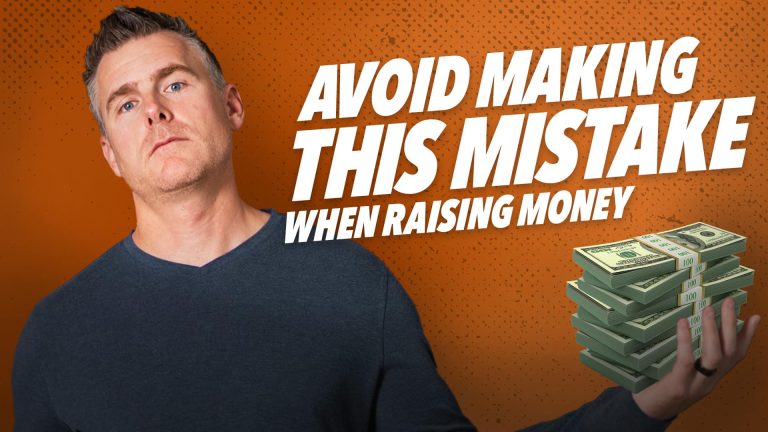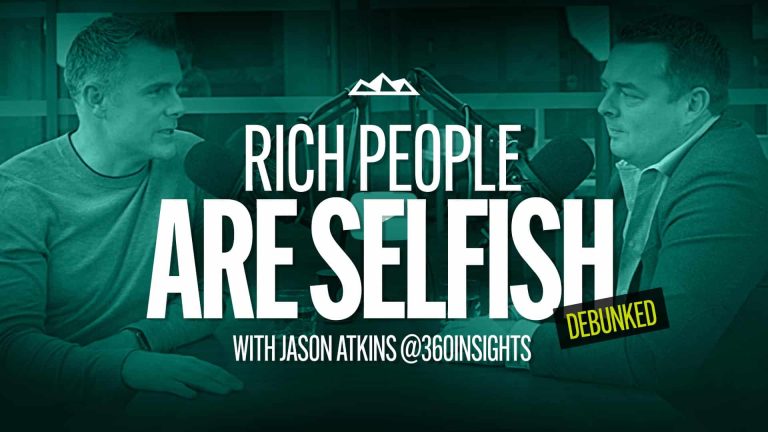
The Pros and Cons of Raising Money For Your SaaS From Your Customers
“Should I raise money from your customers or big strategic investors?” Hard to say without taking a closer look. But having raised over $500M of venture capital, I know what

“Should I raise money from your customers or big strategic investors?” Hard to say without taking a closer look. But having raised over $500M of venture capital, I know what

This week’s Growth Stacking Show features my conversation with Michael Neef… Founder of Pre-Approve Me – a mortgage approval software that’s hoping to hit 1.2M ARR by the end of

“If you’re not embarrassed by the first version of your product, you’ve launched too late” – Reed Hoffman, LinkedIn Dropbox started with just a demo video… Jeff Bezos manually shipped

As a business owner, you’ve likely sailed through “company killing storms”… No new customers for weeks. A key team member abandons ship when you need them the most. Mass ‘customer

“Rich people are selfish”. “Just be happy with what you have.” “Why is it always about the money?” If I had a dollar for every time I’ve heard this crap,

Don’t let anyone tell you it’s too late to change your direction. Emily Walsh went from being a ballet dancer… to a lead investor at Georgian, a VC firm that

Let me demystify this complex, confusing strategy they call: Startup Funding Rounds. Yeah, you’ve heard the words thrown around before. “We’re raising our series B”, and “I’m looking for a

“Talent is everywhere, opportunity is not”. This is a quote from my latest Escape Velocity Podcast guest, Marvin Liao, formerly a partner at 500 Startups. 500 Startups is a venture

How are angel investors different from venture capitalists? Both invest in businesses. Both can write you big checks. Both have the power to help your business growth with a cash